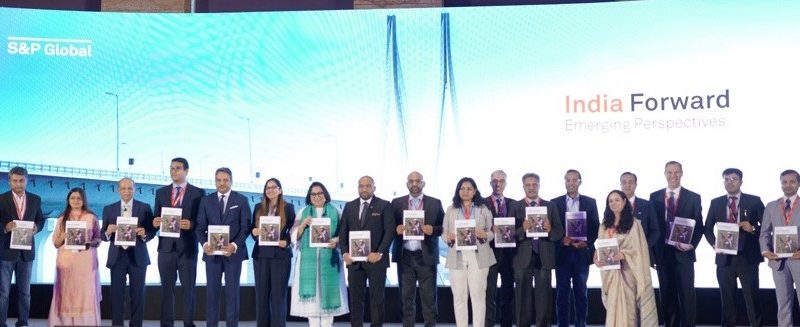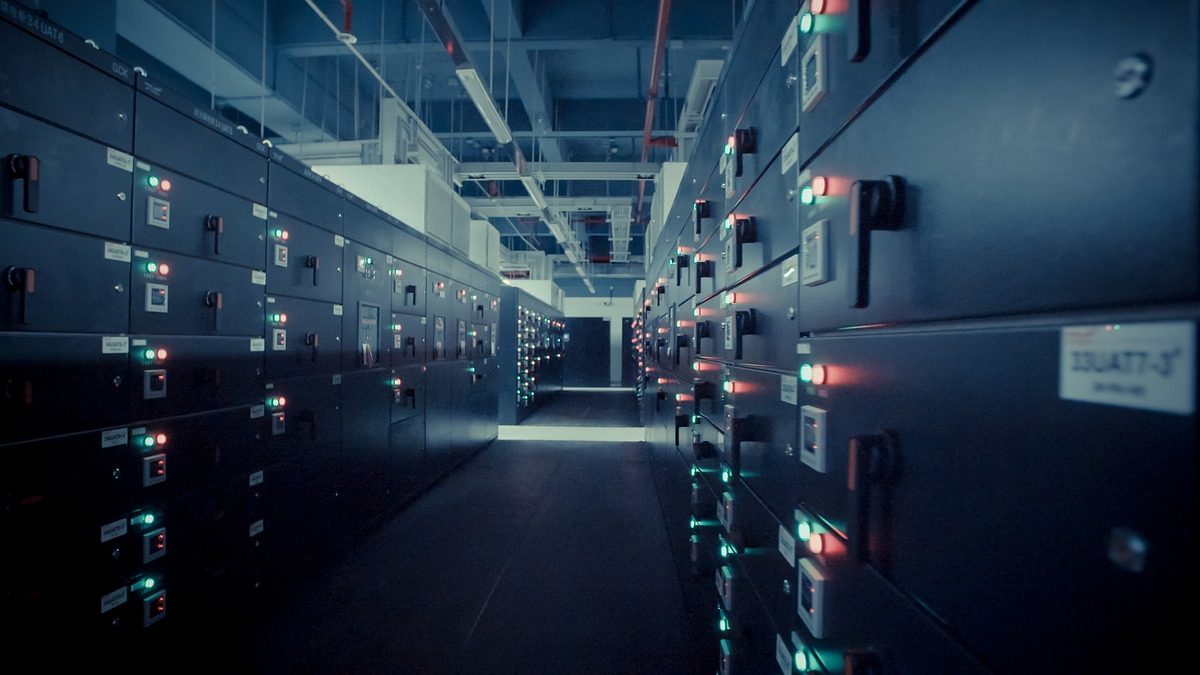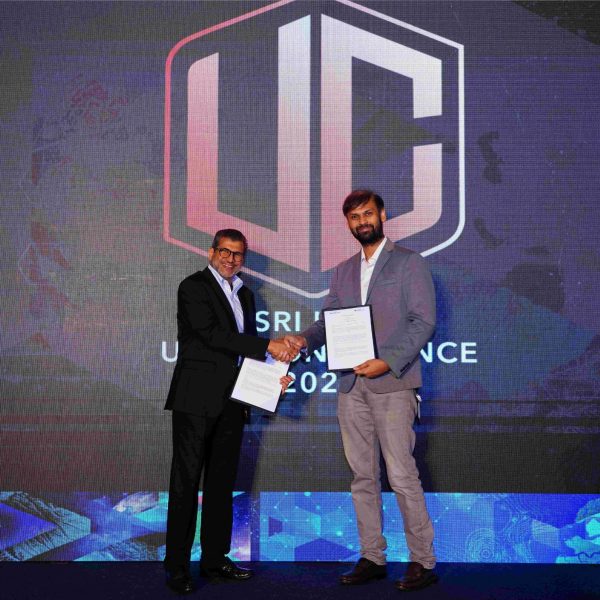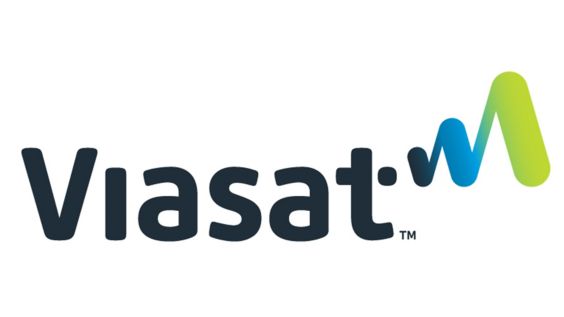India is set to become the third-largest economy by 2030-31 with projected annual growth of 6.7%, according to S&P Global
The S&P Global India Research Chapter’s inaugural study finds:
- India has emerged as the fastest-growing large economy at an 8.2% growth rate in FY 2024
- The growing domestic energy demand will require balance with investments in sustainable technologies
- Infrastructure development and geopolitical strategies will play an important role in maximizing trade benefits
S&P Global today published its first edition of “India Forward: Emerging Perspectives”, emphasizing India’s projection as a leading global economy. The report highlights that India is on track to become the third-largest economy by fiscal 2030-31, driven by a robust projected annual growth rate of 6.7%. This follows an impressive GDP growth of 8.2% in the fiscal year 2024, significantly exceeding the government’s earlier estimate of 7.3%.
Abhishek Tomar, Head- S&P Global India Leadership Council and Chief Data Officer for S&P Global Market Intelligence said, “India’s medium-term prospects are healthy and filled with opportunities in multiple sectors including trade, agriculture, and AI, likely structural reforms and growing energy demands. India is poised for growth, and with a young and dynamic workforce well-positioned to shape the global economic landscape.”
Key highlights include:
- Economy & Capital Markets: India is the fastest-growing large economy, with an 8.2% growth rate in FY 2024, surpassing earlier estimates. Continued reforms are crucial to improving business transactions and logistics, boosting private sector investment, and reducing reliance on public capital. The equity markets are expected to stay dynamic and competitive due to strong growth prospects and better regulation. Foreign inflows into Indian government bonds have surged since the country joined major emerging market indexes, with further growth anticipated.
- Geopolitical Strategy & Trade: To maximize trade benefits, India must develop infrastructure and geopolitical strategies, particularly regarding its extensive coastline. Nearly 90% of India’s trade is seaborne, necessitating robust port infrastructure to manage increasing exports and bulk commodity imports.
- Energy and Agriculture: India faces rising domestic energy demands and can look to sustainable technologies, including renewables and low-emission fuels balancing energy security with its energy transition plans. Agriculture will rely on advanced technologies and new policies to improve infrastructure and productivity. The need is to address critical infrastructure issues such as irrigation, storage, and supply distribution to ensure food security and economic stability.
- AI and Digitalization: Leveraging AI can boost economic growth, with opportunities for public- private partnerships to replicate the success of India’s digital infrastructure.
“India Forward” is prepared by S&P Global and CRISIL’s cross-divisional India Research Chapter, an initiative of the S&P Global India Leadership Council. This Chapter provides distinct thought leadership on India by combining local expertise, global perspectives and its full suite of capabilities.
Download the “India Forward: Emerging Perspectives” here.








